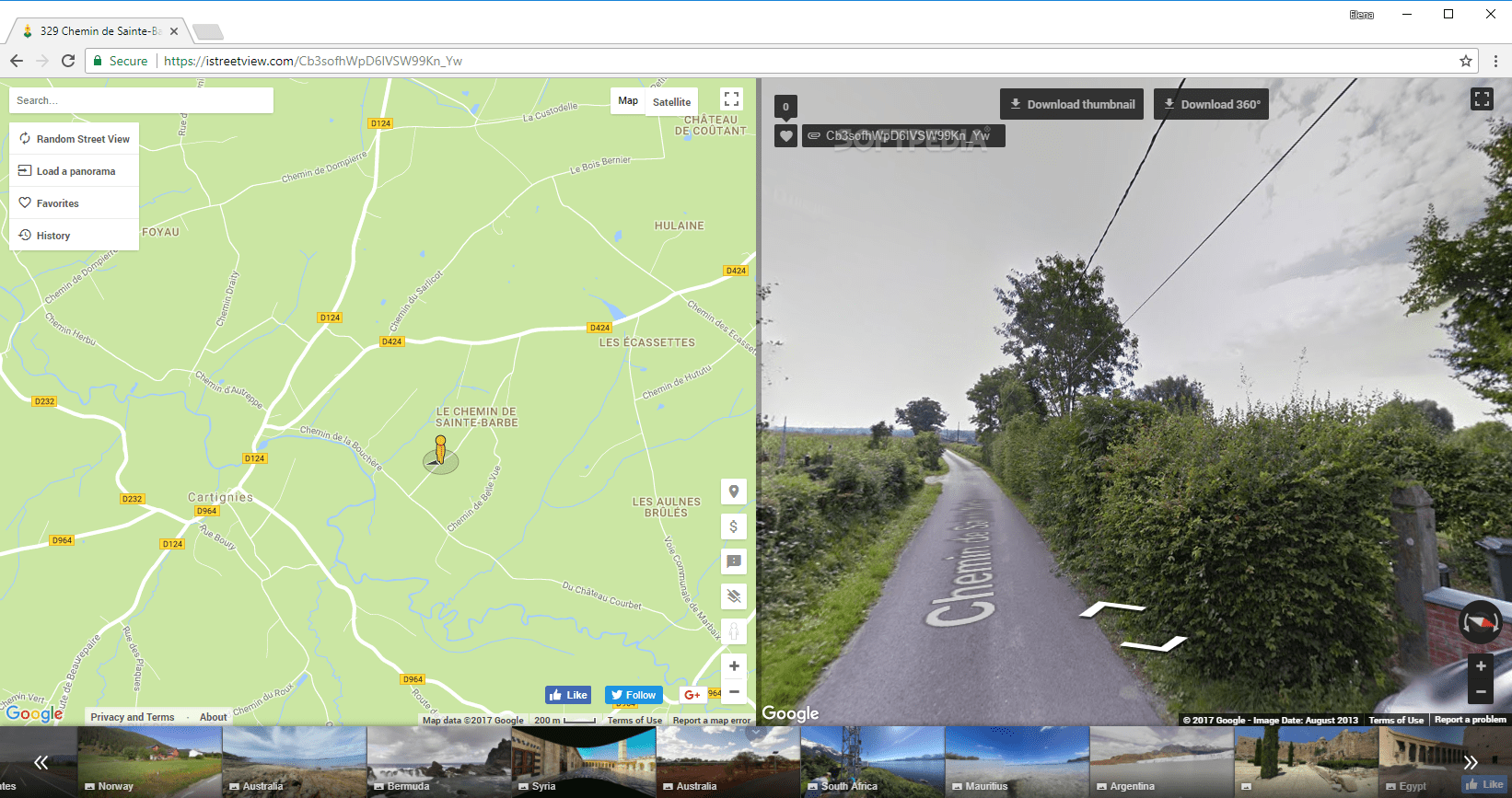

But there’s a way of getting decent results without lugging a tripod and a special head around with you. Bought ones are expensive, although I’ve made one out of wood which works well.

The most accurate way of finding the NPP and rotating around it, is to use a tripod with a special panoramic head. Sometimes (incorrectly) called the nodal point, this is usually just behind the front of the lens of your camera. It’s impossible for even the best stitching software to join offset images like this together, so when you take your photos, you need to rotate around a point in the lens of your camera called the entrance pupil or no parallax point (NPP). Now close the other eye and watch your thumb and the background move relative to each other. To explain what this issue is, hold your thumb out in front of you and close one eye. To make stitching your images together as easy as possible, you want to do your best to avoid parallax. I’ve produced a video of the process, along with a written description: And there are smartphone apps like Occipital 360 you can also try. An alternative option, would be the Ricoh Theta S I looked at here, but this is quite expensive and produces relatively low resolution images. This produces a very high resolution image, with invisible seams where the stitching occurs. There are three parts to creating an image like this: capturing the photos, stitching them together and publishing them.Īnd there are countless ways to perform each step, but in this article I’m going to be using a mirrorless camera ( Panasonic G80) with a fisheye lens ( Samyung 7.5mm) to capture the images, and only free software and services to stitch, edit and publish the panorama.


 0 kommentar(er)
0 kommentar(er)
